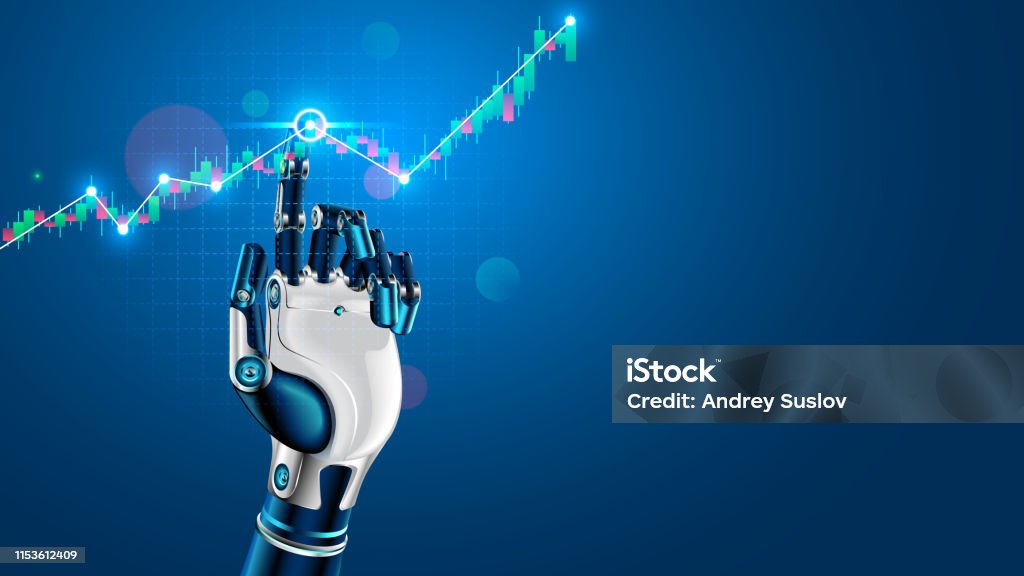AI is rapidly transforming industries, and at the heart of this revolution lie AI frameworks. These powerful tools provide developers with the building blocks to create, train, and deploy sophisticated machine learning models. Whether you’re a seasoned data scientist or just starting your AI journey, understanding AI frameworks is crucial for success. This comprehensive guide will delve into the world of AI frameworks, exploring their key features, benefits, and how to choose the right one for your specific needs.
What are AI Frameworks?
Definition and Purpose
AI frameworks are collections of pre-written code, tools, and libraries that simplify the development of AI and machine learning applications. They act as a foundation upon which developers can build their models, offering pre-optimized algorithms, data structures, and functionalities.
- Purpose: To streamline the AI development process, reduce development time, and enable developers to focus on solving specific problems rather than reinventing the wheel.
- Key Benefits:
Faster development cycles.
Reduced complexity.
Improved model performance.
Easier deployment.
Enhanced collaboration.
Core Components of an AI Framework
AI frameworks typically include the following core components:
- Tensor Computation Libraries: These libraries provide optimized numerical computation capabilities, often leveraging GPUs for accelerated performance. Examples include TensorFlow’s Tensor operations and PyTorch’s Tensors.
- Automatic Differentiation: A critical feature for training neural networks. It automatically computes the gradients of a function, which are essential for optimization algorithms like gradient descent. Both TensorFlow and PyTorch excel in this area.
- Pre-built Models and Layers: Frameworks offer a variety of pre-built neural network layers (e.g., convolutional layers, recurrent layers) and even complete pre-trained models for tasks like image recognition and natural language processing. This allows developers to quickly prototype and experiment with different architectures.
- Data Loading and Preprocessing Tools: Tools for efficiently loading and transforming data into a format suitable for training.
- Visualization Tools: Libraries for visualizing data, model architectures, and training progress. TensorBoard (for TensorFlow) and TensorBoardX (for PyTorch) are popular choices.
- Deployment Tools: Features for deploying trained models to various platforms, including cloud services, mobile devices, and embedded systems.
Popular AI Frameworks: A Comparison
TensorFlow
- Developed by: Google
- Language: Python (primarily), C++, Java, JavaScript, Go
- Strengths:
Scalability: Designed for large-scale deployments across multiple GPUs and distributed systems.
Production Readiness: Robust tools and ecosystem for deploying models to production environments. TensorFlow Serving is a key component here.
TensorBoard: Powerful visualization tool for monitoring training progress and debugging models.
Keras Integration: Keras, a high-level API, is tightly integrated with TensorFlow, making it easier to build and train models.
- Weaknesses:
Steeper learning curve compared to some other frameworks.
Can be verbose for simple tasks.
- Use Cases: Image recognition, natural language processing, recommendation systems, robotics, and many other AI applications. Example: Google uses TensorFlow extensively for its search engine, translation services, and other products.
- Version 2.x focus: Emphasizes eager execution by default, simplifying debugging and making the framework more intuitive.
PyTorch
- Developed by: Facebook
- Language: Python (primarily), C++
- Strengths:
Ease of Use: Known for its Pythonic design and intuitive API, making it easier to learn and use.
Dynamic Computation Graph: Allows for more flexibility and easier debugging compared to static graph frameworks.
Research Focus: Widely used in the research community due to its flexibility and ease of experimentation.
Strong Community Support: A vibrant and active community provides excellent support and resources.
- Weaknesses:
Deployment can be more complex than TensorFlow in some cases (although this is improving rapidly).
Scalability, while improving, is generally considered less mature than TensorFlow.
- Use Cases: Research, prototyping, natural language processing, computer vision, and reinforcement learning. Example: Many state-of-the-art NLP models are implemented using PyTorch.
- PyTorch Lightning: A lightweight wrapper that helps structure PyTorch code for reproducibility and large-scale experiments.
Keras
- Originally developed as a separate high-level API, now deeply integrated into TensorFlow.
- Language: Python
- Strengths:
Simplicity: Very easy to learn and use, allowing developers to quickly build and train models.
Modularity: Models are built from reusable components called layers.
Extensibility: Easy to create custom layers and models.
Multi-backend Support: While primarily used with TensorFlow, it can also work with other backends (though less common now).
- Weaknesses:
Less control over low-level details compared to TensorFlow or PyTorch.
- Use Cases: Rapid prototyping, educational purposes, building simple to moderately complex AI applications. Example: Building a basic image classifier or sentiment analysis model.
- Key Takeaway: Keras provides a user-friendly interface to TensorFlow’s powerful capabilities.
Other Notable Frameworks
- MXNet: A flexible and efficient framework with support for multiple programming languages. Strong scaling capabilities.
- CNTK: Developed by Microsoft. Focuses on scalability and performance, particularly for large datasets.
- scikit-learn: A general-purpose machine learning library for Python. Provides a wide range of algorithms for classification, regression, clustering, and dimensionality reduction. Not specifically designed for deep learning but can be used for simpler machine learning tasks.
- JAX: Developed by Google. Offers automatic differentiation and accelerated linear algebra, making it suitable for high-performance computing and research. Often used in conjunction with NumPy.
Choosing the Right AI Framework
Factors to Consider
Selecting the best AI framework for your project depends on several factors:
- Project Requirements: Consider the complexity of the task, the size of the dataset, and the required performance. For example, if you’re building a large-scale production system, TensorFlow might be a better choice. For rapid prototyping and research, PyTorch could be more suitable.
- Team Expertise: Choose a framework that your team is already familiar with or can easily learn. The availability of training resources and community support can also be important.
- Deployment Platform: Consider where you plan to deploy your model. Some frameworks have better support for certain platforms (e.g., TensorFlow Lite for mobile devices).
- Community Support: An active community provides valuable resources, tutorials, and troubleshooting assistance.
- Licensing: Ensure the framework’s license is compatible with your project’s requirements. Most AI frameworks are open-source.
- Hardware: Consider which hardware you will be using, whether it is CPUs, GPUs or TPUs, some frameworks are better optimized to particular hardware.
Practical Tips for Selection
- Start with a simple prototype: Experiment with a few different frameworks to see which one feels most natural and efficient for your specific task.
- Read tutorials and documentation: Familiarize yourself with the framework’s features and capabilities.
- Consult with experienced practitioners: Get advice from data scientists and machine learning engineers who have experience with different frameworks.
- Consider the long-term maintenance: Choose a framework that is actively maintained and has a strong roadmap for future development.
- Use cloud-based services for experimentation: Services like Google Colab or Kaggle Kernels provide free access to GPUs and pre-installed AI frameworks, making it easy to experiment.
The Future of AI Frameworks
Emerging Trends
- Federated Learning: Frameworks are increasingly incorporating features for federated learning, which allows training models on decentralized data without sharing the data itself.
- Explainable AI (XAI): Frameworks are integrating tools for understanding and interpreting the decisions made by AI models. This is becoming increasingly important for building trust and ensuring fairness.
- AutoML: Automated machine learning tools are being integrated into frameworks to automate tasks such as hyperparameter tuning and model selection.
- Edge Computing: Frameworks are being optimized for deployment on edge devices with limited resources.
- Quantization and Pruning: Model optimization techniques are becoming standard practice to reduce model size and improve inference speed, especially for resource-constrained devices.
The Role of Specialized Hardware
The rise of specialized hardware, such as TPUs (Tensor Processing Units), is influencing the development of AI frameworks. Frameworks are being optimized to take advantage of the unique capabilities of these specialized processors. Also, there are developments with CPU optimizations using technologies like Intel MKL (Math Kernel Library).
Conclusion
AI frameworks are essential tools for building and deploying AI applications. By understanding the strengths and weaknesses of different frameworks and carefully considering your project requirements, you can choose the right tool for the job and accelerate your AI development process. Embrace experimentation, stay up-to-date with the latest trends, and leverage the power of AI frameworks to unlock the potential of artificial intelligence. Remember to consider your team’s expertise, project needs and hardware when making the selection.




